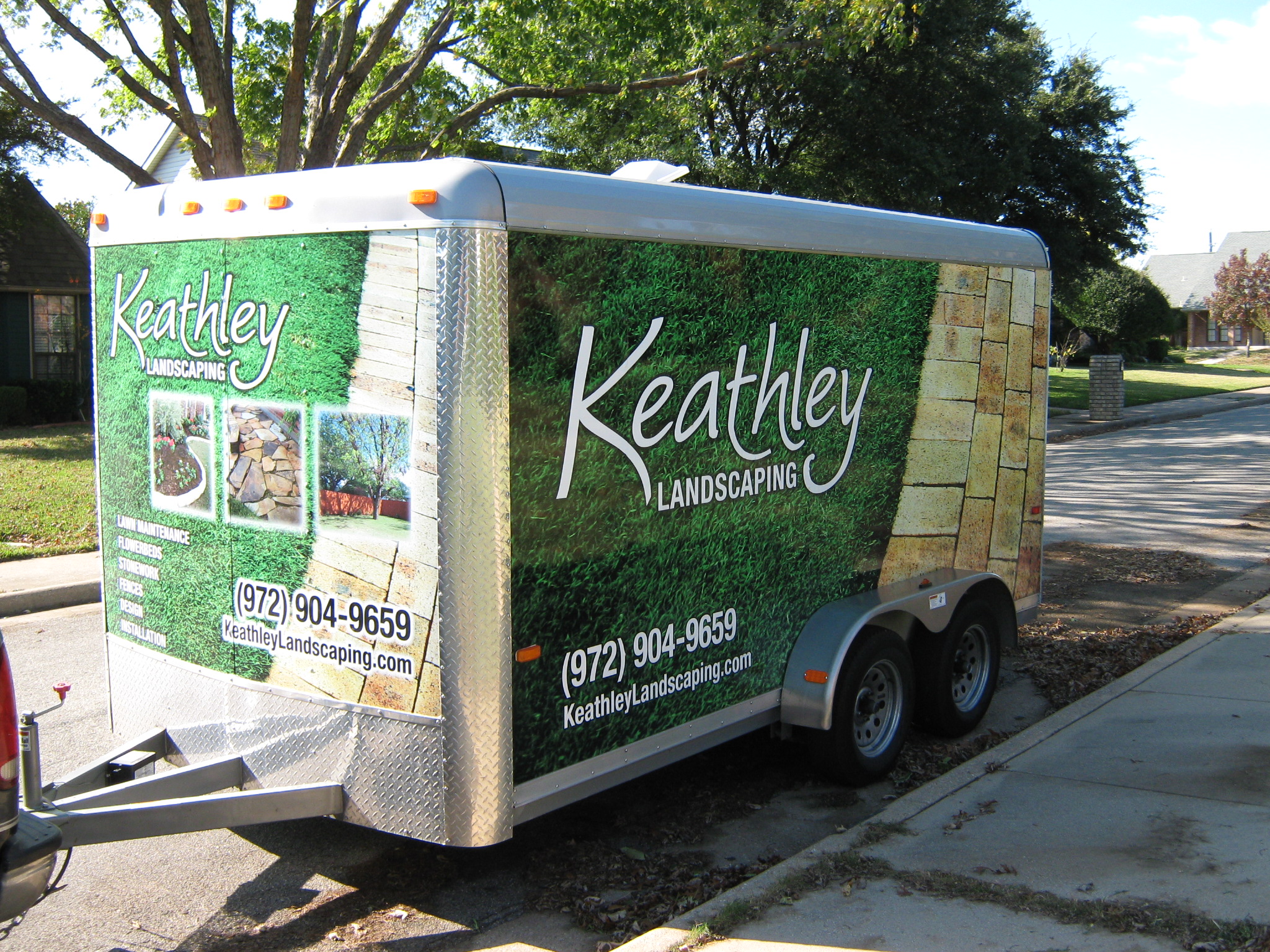The Role of Yard Drainage in Preventing Landscaping Erosion
Have you ever noticed how a heavy downpour can transform your perfectly manicured yard into a muddy mess? 🌧️ It’s not just an aesthetic issue; poor drainage can lead to significant landscaping erosion over time. Understanding the role of yard drainage in preventing this can save you from constant repairs and keep your outdoor space looking pristine. Let’s dive into how effective yard drainage can prevent erosion and protect your landscape investment.
Table of Contents
1. Importance of Yard Drainage
2. How Drainage Helps Prevent Erosion
3. Types of Yard Drainage Systems
4. Tips for Effective Yard Drainage
5. Conclusion
6. FAQ
Importance of Yard Drainage
Yard drainage is more than just directing water away from your home. It plays a crucial role in maintaining the health of your landscape. Without proper drainage, water can pool, leading to soil erosion, plant damage, and even foundational issues for your home. 🌿 The importance of yard drainage cannot be overstated, especially if you’re looking to maintain a healthy and beautiful garden.
How Drainage Helps Prevent Erosion
When rainwater doesn’t drain properly, it can lead to soil erosion—a process where the topsoil is washed away. This topsoil is vital as it contains nutrients necessary for plant growth. Effective drainage systems channel water away, preserving the soil’s integrity and preventing erosion. By managing water flow, you reduce the risk of damaging your plants, pathways, and other landscape features.
Types of Yard Drainage Systems
There are several drainage systems you might consider for your yard, each catering to different needs:
1. French Drains 🏞️
French drains are trenches filled with gravel or rock containing a perforated pipe that redirects surface and groundwater away from a specific area. They are ideal for properties with consistent water pooling issues.
2. Channel Drains 🌊
Channel drains are surface drainage solutions that quickly capture and redirect large volumes of water. They’re excellent for driveways or patios where water runoff is common.
3. Dry Wells 💧
Dry wells collect excess water and slowly release it into the ground, preventing water from pooling on the surface. They are suitable for areas that experience occasional heavy rainfall.
Tips for Effective Yard Drainage
Implementing an effective drainage system requires a bit of planning and maintenance. Here are some tips to ensure your yard remains erosion-free:
🌿 Regular Maintenance: Keep your drainage systems clear of debris to ensure they function properly.
🏡 Consider the Slope: Ensure your yard slopes away from your home to naturally direct water away.
🌱 Plant Wisely: Use native plants which can help absorb excess water and stabilize the soil.
Conclusion
Understanding the role of yard drainage in preventing landscaping erosion is crucial for maintaining a beautiful and functional outdoor space. By choosing the right drainage system and maintaining it, you can protect your landscape from the detrimental effects of erosion. Remember, a little planning goes a long way in preserving your yard’s beauty and health. 🌼
FAQ
Q1: How do I know if my yard has poor drainage?
A1: If you notice frequent water pooling, soggy areas, or dying plants, it might be a sign of poor drainage.
Q2: Can plants help with drainage?
A2: Yes, planting the right types of plants, especially native species, can help absorb excess water and stabilize soil.
Q3: Is it expensive to install a drainage system?
A3: The cost can vary depending on the type of system and the size of your yard, but it’s an investment that can save you from costly repairs in the future.
Q4: How often should I maintain my drainage system?
A4: Regular checks, especially before rain-heavy seasons, are recommended to ensure everything is functioning correctly.
Hopefully, this guide helps you in understanding the significance of yard drainage in preventing landscaping erosion. Feel free to share your thoughts or questions below! 😊






































Recent Comments